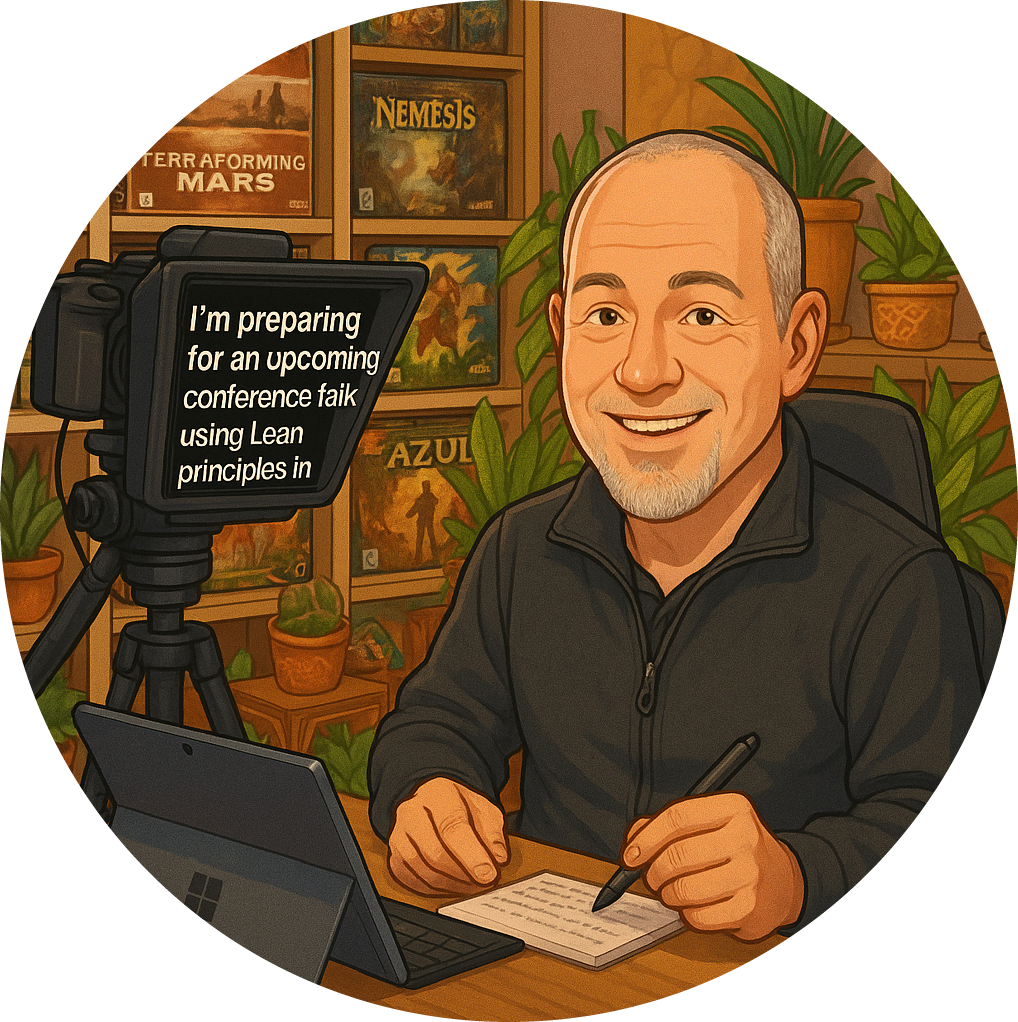As a Scrum Master, I’ve developed a fondness for digital whiteboards. It’s a love that transcends the specific platform; whether it’s Mural, Miro, Lucid Spark, or even Microsoft Whiteboards, the essence remains the same. These tools have become indispensable in my toolkit, enabling me to create compelling interactive experiences for teams, workshops, and even our daily scrums.
Why Digital Whiteboards Matter
In my experience, digital whiteboards serve as powerful information radiators. They not only facilitate collaboration but also enhance engagement among team members. Here’s why I believe they are essential:
Visual Collaboration: Digital whiteboards allow teams to visualise their thoughts and ideas in real-time. This visual aspect is crucial for fostering understanding and alignment, especially in remote settings where face-to-face interaction is limited.
Flexibility and Versatility: Whether you’re brainstorming, planning, or conducting retrospectives, these platforms adapt to your needs. You can easily switch between different formats, from sticky notes to diagrams, making it easier to capture and organise thoughts.
Engagement: The interactive nature of digital whiteboards encourages participation. I’ve noticed that when team members can contribute visually, they feel more invested in the process. This engagement is vital for building a cohesive team dynamic.
My Recommendations for Using Digital Whiteboards
Having used various digital whiteboards over the years, I’ve gathered some insights that can help you maximise their potential:
Choose the Right Tool: While I have my preferences, the best tool is the one that fits your team’s needs. Experiment with different platforms to find what works best for your workflow.
Set Clear Objectives: Before diving into a session, clarify what you aim to achieve. Whether it’s generating ideas or solving a problem, having a clear goal will guide the discussion and keep everyone focused.
Encourage Participation: Make it a point to invite input from all team members. Use features like anonymous voting or breakout groups to ensure everyone has a voice.
Keep It Organised: As ideas flow, it’s easy for things to become chaotic. Regularly summarise and organise the content on the board to maintain clarity and direction.
Follow Up: After your session, ensure that the insights and decisions made are documented and shared. This reinforces accountability and keeps the momentum going.
Conclusion
Digital whiteboards have transformed the way I facilitate collaboration within teams. They are more than just a digital canvas; they are a means to foster engagement, creativity, and alignment. As we continue to navigate the complexities of remote and hybrid work environments, I encourage you to embrace these tools. They can make a significant difference in how your team communicates and collaborates.
In the end, it’s not just about the tool itself but how we leverage it to create meaningful interactions. So, whether you’re a seasoned Scrum Master or just starting your journey, I hope you find the right digital whiteboard that resonates with your team’s dynamics. Let’s continue to innovate and adapt, ensuring that our agile practices remain robust and effective.



























